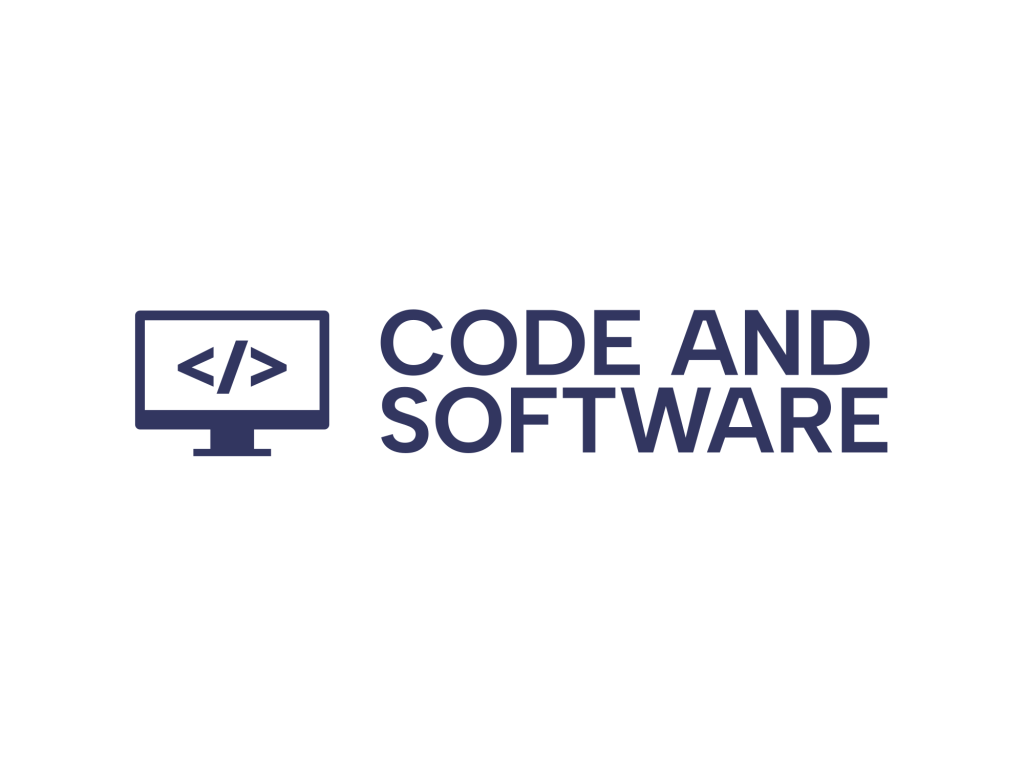Imagine you’re painting a room. You’ve got your color palette—your favorite blues and creams. Suddenly, someone swaps your colors without telling you. Frustrating, right?
This is what happens in design systems when tokens change without a plan. That’s why governance for design tokens is super important. Let’s explore how versioning and deprecations make it all smoother—and maybe even fun!
What Are Design Tokens?
Design tokens are the little bits of style that make up your UI. Think of them as variables that describe things like:
- Colors
- Font sizes
- Spacing
- Border radius
Instead of hard-coding these styles, you store them in tokens. So instead of typing #FF5733 all over your code, you just use {color.primary}. Easy, right?
This makes your design consistent and changeable. Change a token once—boom, it updates everywhere.
Why Governance Matters
Tokens for your product are like LEGO bricks. If people start changing shapes and colors randomly, things break. 😱
Governance keeps things under control. It means creating rules, processes, and tools for how tokens are added, changed, or removed.
Good governance helps:
- Prevent design inconsistencies
- Avoid breaking code
- Align teams around common practices
Let’s make it even clearer. Meet Token Town!
Welcome to Token Town!
Token Town is a magical village where every pixel lives in peace. Each house has design tokens for windows (radius), paint colors, and mailbox heights.
One day, someone removed the blue-300 token. Uh-oh. Now every house painted in blue-300 goes… invisible?!
This is what happens without governance.

Versioning to the Rescue
Versioning is the act of putting a number on your token sets—like v1.0, v1.1, v2.0. These versions tell others:
- What’s new
- What’s changed
- What’s no longer supported
Here’s a basic idea:
v1.0 - Your first stable version v1.1 - Minor tweaks (maybe a few new tokens) v2.0 - Big changes (like removing or renaming existing tokens)
This is called semantic versioning. It uses three numbers:
- Major version – breaking changes, like removing a token.
- Minor version – new tokens, no breaks.
- Patch version – quick fixes, like typo corrections.
Versioning keeps your teams informed. No more surprises. Everyone knows what to expect.
Talk About Deprecation
Now for the scary part: deprecations. This means telling people, “Hey, this token still works, but please don’t use it anymore.”
You’re giving them a heads-up before pulling the plug.
It’s like telling your friends you’re moving out of Token Town next month. You don’t just vanish overnight!
Here’s how to deprecate a design token:
- Mark it clearly — Add metadata like
"deprecated": true. - Give a reason — Say why it’s deprecated and suggest a replacement.
- Use tools — Linting tools can flag deprecated tokens during development.

Let’s Create a Token Policy
Now it’s time to get official. A Token Policy is your rulebook. It explains how tokens are managed and evolved. Here’s what to put in it:
- Naming conventions – How do you name tokens consistently?
- Versioning strategy – When to break changes vs when to patch.
- Approval workflow – Who reviews and approves token updates?
- Deprecation rules – How long is the notice? What’s the process?
This policy keeps your tokens predictable and loved, just like snacks at a party.
Help from Automation
Good news! You don’t have to do all of this by hand.
There are tools that make token governance easy:
- Style Dictionary – Turn tokens into many formats like JSON, SCSS, and Android XML.
- Token Transform – Validate and convert design tokens easily.
- Linting tools – Warn you about deprecated tokens in real-time.
Some systems even auto-generate token docs—like a living token encyclopedia!
Communicate Like a Pro
When you release new tokens or deprecate old ones, shout it out!
Use channels like:
- Slack announcements
- Design system changelogs
- Email (if you’re still into that 💌)
Tell people what’s changing, why, and what to do next. Transparency wins trust.
Tips From the Token-wise
Ready for some pro tips? Check these out:
- Don’t rename tokens unless you must. It breaks stuff.
- Group tokens by use—colors vs spacing vs typography.
- Always suggest a replacement for deprecated tokens.
- Use version control like Git to track changes.
- Review tokens regularly, like spring cleaning!
Case Study: Fixing the Chaos
One team had hundreds of design tokens—many with vague names like color1, spacingBig, or worse… temp-hot-pink.
Nobody knew what was important or safe to use. Developers were afraid to touch them. Designers invented new tokens every week. It was madness.
Things improved when they:
- Wrote a token policy
- Started versioning tokens
- Began clear deprecation with documentation
Now, their design system shines. And hot pink? Officially retired.

Final Thoughts
Design tokens may be small, but their impact is huge. Treat them with care!
With proper governance, versioning, and deprecation strategies, your team will save time, avoid bugs, and create design magic faster.
So go forth, Token Traveler! Build smart, safe, scalable systems—one token at a time.
Need a Quick Recap?
- Design tokens = core style pieces
- Governance helps manage them wisely
- Versioning keeps changes organized
- Deprecation gives people time to adapt
- Automation and communication are your best friends
And always, always document everything. Future you will thank you.

